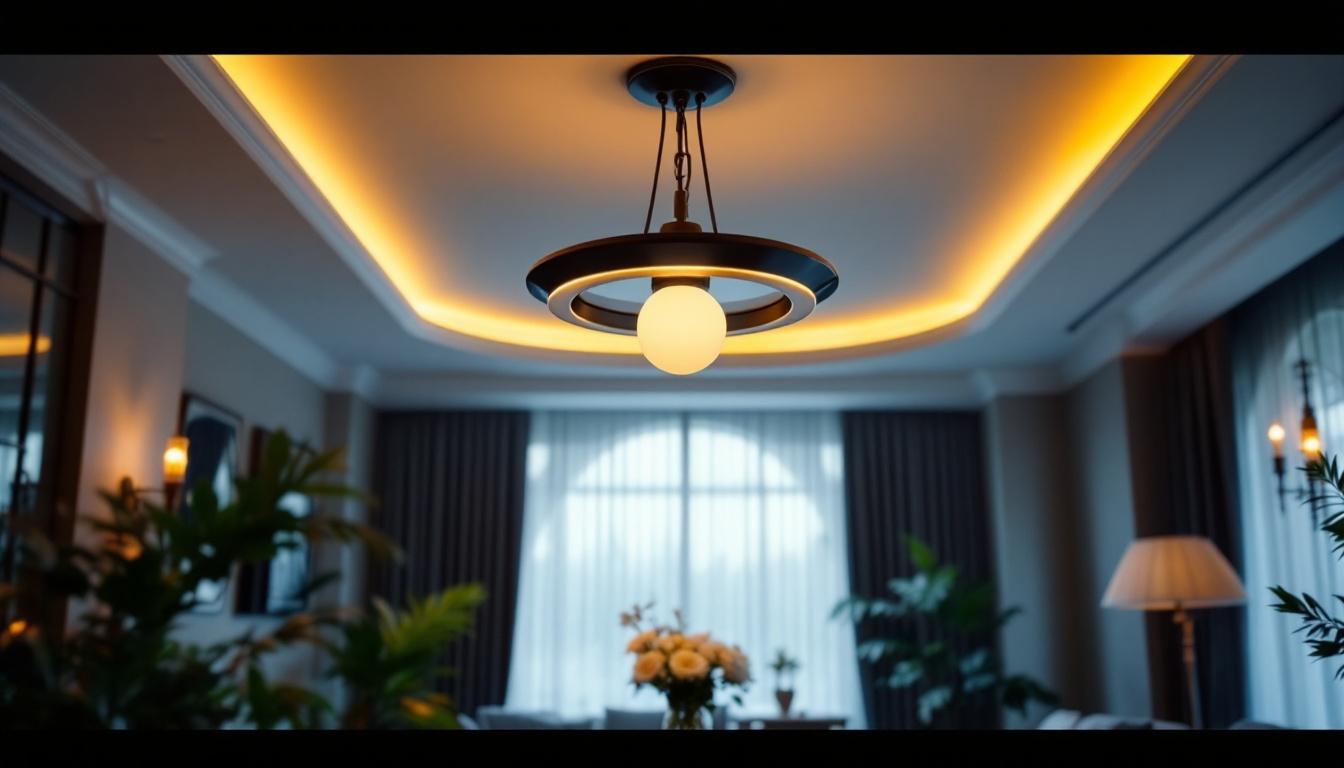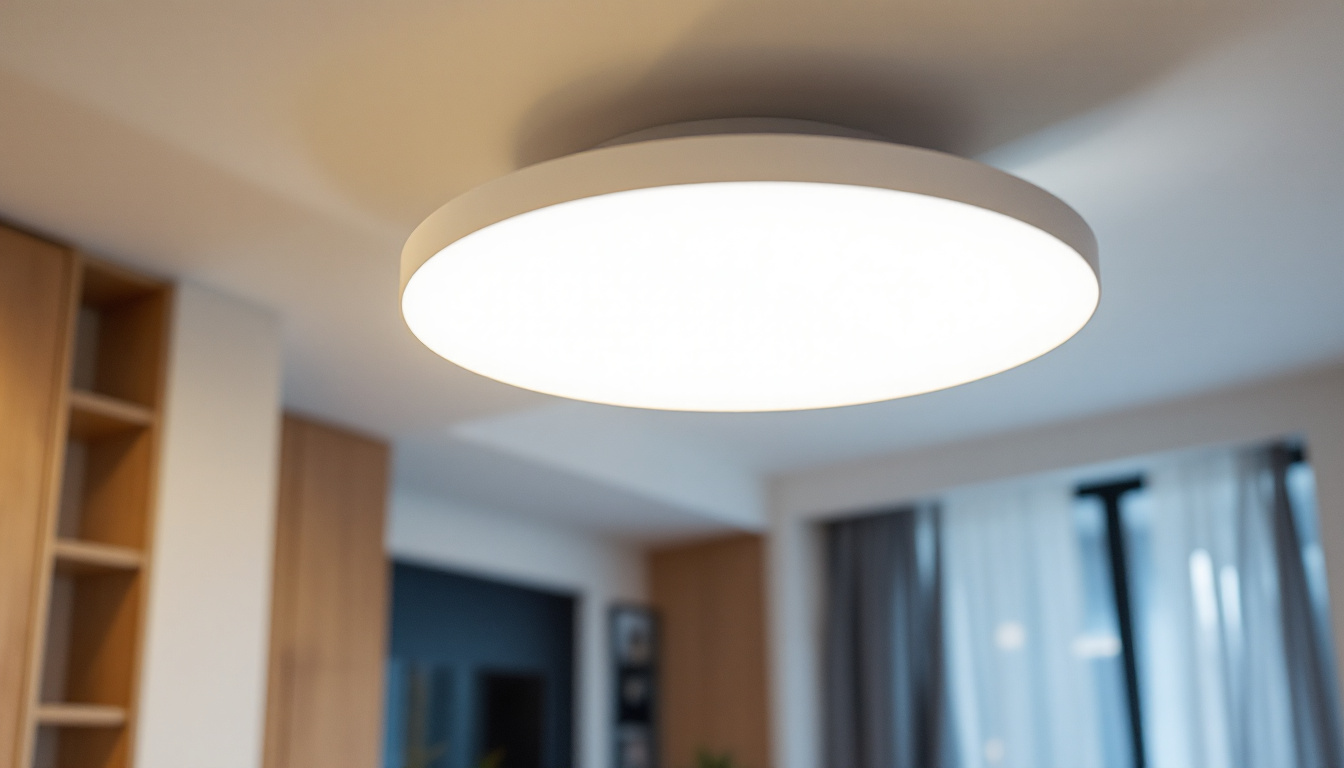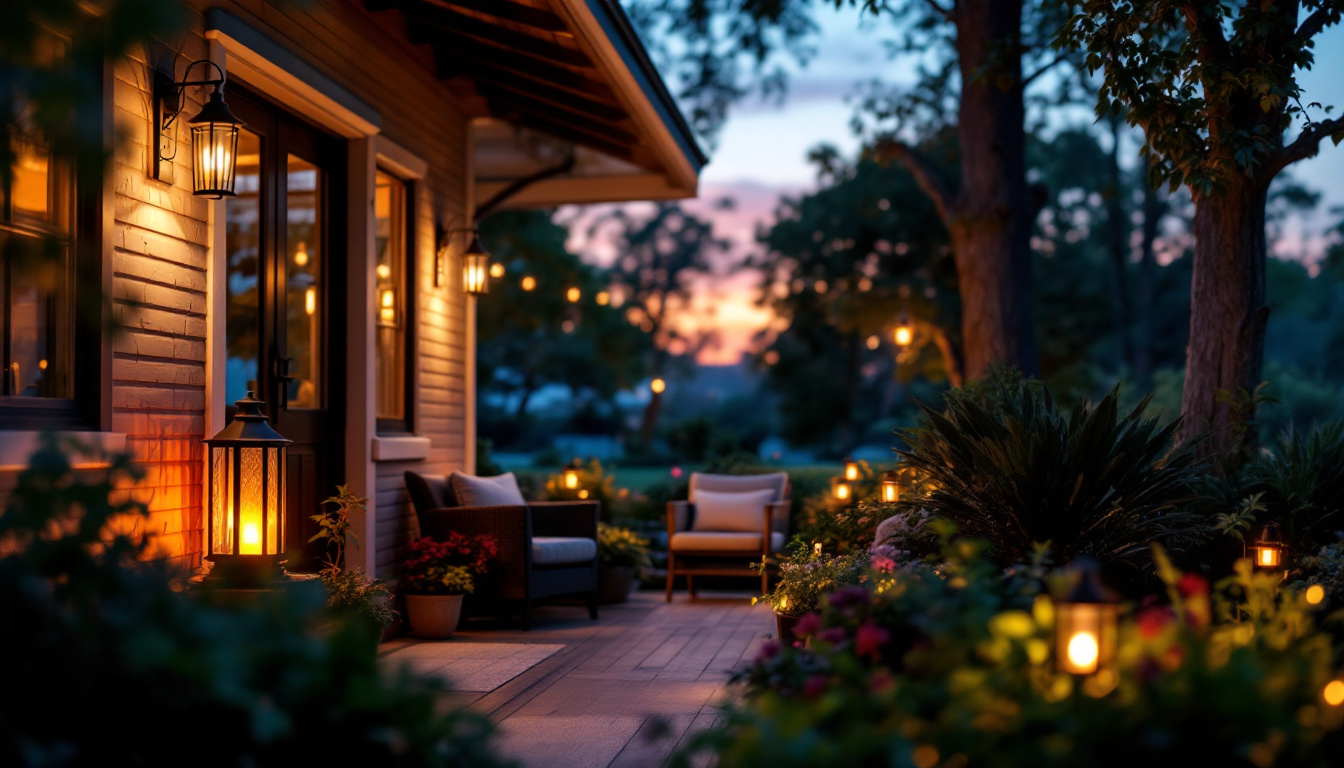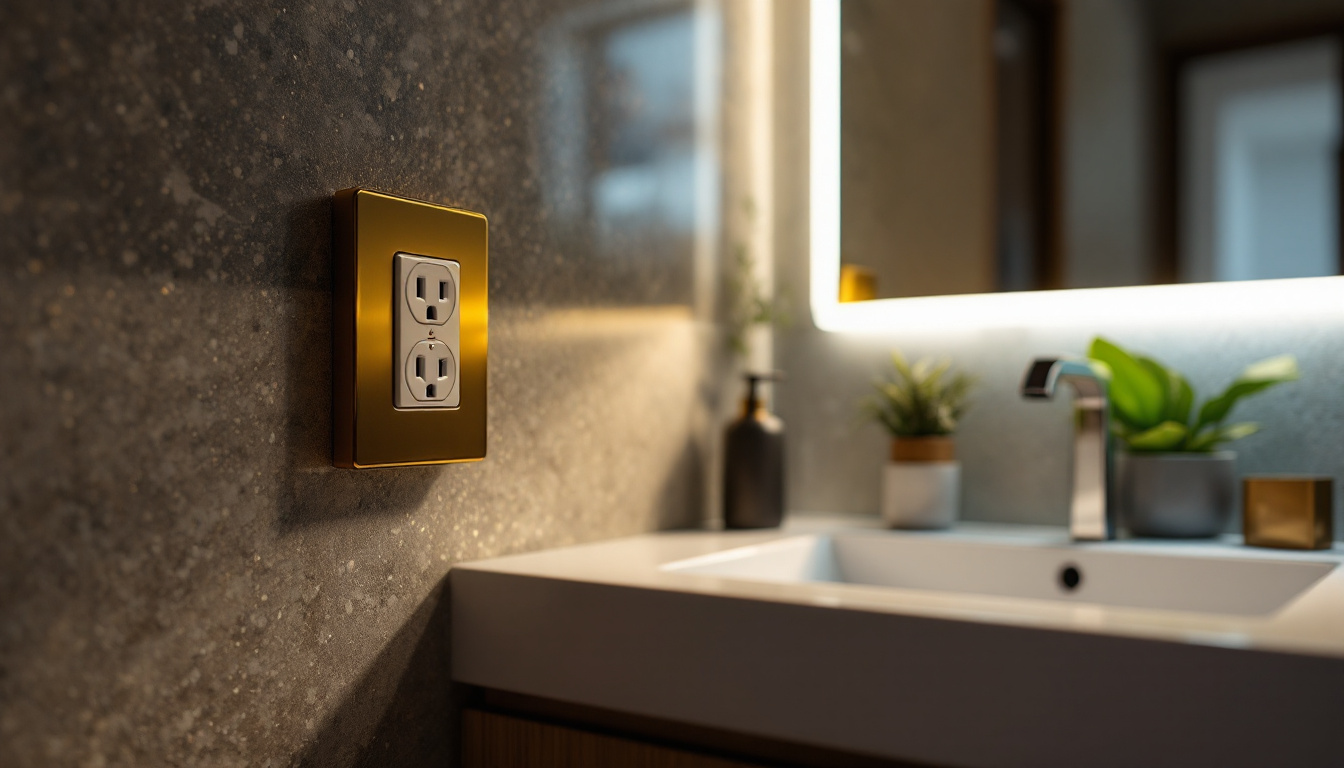
When it comes to lighting high ceilings, the right fixtures can make all the difference in both aesthetics and functionality. For lighting professionals, understanding the nuances of high ceiling light fixtures is crucial to delivering exceptional results. This article provides a comprehensive checklist that covers everything from design considerations to installation tips, ensuring that every project meets the highest standards.
High ceilings present unique challenges and opportunities for lighting design. The height of the ceiling can significantly influence the choice of fixtures, the type of lighting, and the overall ambiance of the space.
Ceiling height can alter the perception of a room. In spaces with ceilings over ten feet, the lighting must not only illuminate but also enhance the architectural features. Fixtures must be chosen carefully to ensure they are proportionate to the height and scale of the room.
Additionally, the height can affect the distribution of light. Fixtures that are too small may get lost in the vastness, while those that are too large can overwhelm the space. Therefore, selecting the right size and style is essential for achieving balance. The color temperature of the lighting also plays a crucial role; warmer tones can create a cozy atmosphere, while cooler tones can lend a more modern and airy feel. This consideration is especially important in high ceilings, where the light can bounce off walls and ceilings, influencing the overall mood of the room.
There are several types of fixtures suitable for high ceilings, each serving different purposes. Pendant lights, chandeliers, and recessed lighting are among the most popular choices.
Pendant lights can create focal points and are available in various designs, making them versatile for different styles. Chandeliers, on the other hand, add elegance and can serve as statement pieces. Recessed lighting provides a clean look and can be strategically placed to highlight architectural features or artwork. Moreover, wall sconces can complement these fixtures by adding layers of light, enhancing the overall illumination and creating visual interest. When planning the lighting for high ceilings, it’s also important to consider dimmable options, allowing for flexibility in mood and functionality, whether for hosting gatherings or enjoying a quiet evening at home.
Designing for high ceilings requires a thoughtful approach to ensure that the lighting enhances the space rather than detracts from it. Several factors should be taken into account during the design phase.
The style of the fixtures should complement the overall design theme of the room. Whether the space is modern, traditional, or eclectic, the lighting fixtures should harmonize with other elements in the room.
For instance, a sleek, contemporary pendant may work well in a modern kitchen, while an ornate chandelier might be more suitable for a grand dining room. The choice of materials, colors, and finishes also plays a significant role in achieving a cohesive look. Additionally, the scale of the fixtures is crucial; oversized fixtures can create a dramatic focal point, while smaller ones may get lost in the vastness of a high ceiling. Layering different styles can also add depth and interest, allowing for a dynamic interplay of light and shadow throughout the space.
Understanding the purpose of the space is essential when selecting fixtures. Different areas may require different types of lighting. For example, task lighting may be necessary in a workspace, while ambient lighting is ideal for living areas.
Consideration should also be given to the light output and color temperature. Warmer tones can create a cozy atmosphere, while cooler tones can promote focus and energy. Balancing these elements is key to effective lighting design. Moreover, incorporating dimmers can provide flexibility, allowing users to adjust the brightness according to the time of day or activity. This adaptability is particularly beneficial in multifunctional spaces, where the lighting needs may shift from vibrant and energetic during the day to soft and inviting in the evening. Furthermore, integrating smart lighting solutions can enhance the functionality, enabling users to control their environment with ease and precision, thus elevating the overall experience of the space.
Beyond aesthetics, technical aspects are crucial for the successful implementation of high ceiling light fixtures. These considerations ensure that the lighting is not only beautiful but also functional and efficient.
High ceilings often necessitate special electrical considerations. The distance from the power source to the fixture can impact the installation process. Ensuring that the wiring is adequate and meets local codes is paramount.
In some cases, additional support may be needed for heavy fixtures. It’s essential to assess the structural integrity of the ceiling and determine whether reinforcements are required to safely install the lighting.
Moreover, it’s important to consider the type of bulbs being used. LED lights are often favored for high ceilings due to their longevity and energy efficiency. However, the wattage and lumens produced by these bulbs should be carefully evaluated to ensure they provide sufficient illumination for the space without causing glare or discomfort. Consulting with an electrician can help in selecting the right fixtures and bulbs that align with the overall design vision while adhering to safety standards.
Light distribution is another critical aspect to consider. High ceilings can lead to uneven lighting if not properly addressed. Using multiple fixtures or adjustable lighting can help achieve an even spread of light throughout the space.
Incorporating dimmers and smart controls can also enhance the functionality of high ceiling fixtures. This allows for flexibility in adjusting the brightness based on the time of day or the specific needs of the occupants.
Additionally, the placement of fixtures should be strategically planned to avoid dark corners or overly bright spots. Utilizing lighting design software can aid in visualizing how different fixtures will interact within the space. This technology can simulate various lighting scenarios, helping designers and homeowners make informed decisions about fixture placement and type. Furthermore, integrating natural light sources, such as skylights or large windows, can complement artificial lighting and create a more dynamic and inviting atmosphere.
Installing light fixtures in high ceilings can be a daunting task, but with the right approach, it can be done efficiently and safely. Here are some essential tips for lighting professionals.
Safety should always be the top priority during installation. Ensure that ladders or lifts are stable and that all necessary safety gear is used. If the installation requires working with electrical components, it is advisable to turn off the power supply to avoid any accidents.
Additionally, having a second person on hand can provide extra support and ensure that the installation goes smoothly. This is particularly important when handling large or heavy fixtures.
Determining the correct height for fixtures is crucial. A general rule of thumb is to hang pendant lights approximately 30-36 inches above the surface of a table or countertop. For chandeliers, the bottom should ideally be 7 feet above the floor to avoid obstruction.
Placement should also take into account the layout of the room. Fixtures should be positioned to provide adequate light without creating harsh shadows or glare. This may involve adjusting the angle or orientation of the fixtures during installation.
Once the fixtures are installed, regular maintenance is essential to ensure they continue to function effectively and look their best. Lighting professionals should advise clients on the best practices for upkeep.
High ceiling fixtures can accumulate dust and grime over time, which can diminish their brightness and overall appearance. Regular cleaning is recommended, but it can be challenging due to the height.
Using a long-handled duster or a microfiber cloth can help reach fixtures without the need for a ladder. For more intricate designs, professional cleaning services may be necessary to ensure that every detail is attended to.
Replacing bulbs in high ceiling fixtures can be a hassle, especially if they are hard to reach. It’s important to choose long-lasting bulbs to minimize the frequency of replacements. LED bulbs are an excellent choice due to their longevity and energy efficiency.
Additionally, lighting technology is constantly evolving. Encouraging clients to consider upgrades to newer, more efficient lighting systems can enhance the performance and aesthetic of their spaces.
Working with high ceilings can present various challenges. Being prepared to address these issues can help lighting professionals provide exceptional service and results.
One common issue in high ceiling spaces is glare, which can be distracting and uncomfortable. To mitigate this, consider using fixtures with diffusers or shades that soften the light.
Additionally, strategically placing fixtures can help direct light where it is needed while minimizing direct glare. This approach can enhance the overall comfort of the space.
Another challenge is ensuring that the lighting plan is cohesive throughout the space. Mixing different styles or types of fixtures can lead to a disjointed look.
A well-thought-out lighting plan that considers the entire space, including ambient, task, and accent lighting, can create a harmonious environment. Collaborating with interior designers or architects can help achieve this goal.
High ceiling light fixtures offer a unique opportunity to enhance the beauty and functionality of a space. By following this essential checklist, lighting professionals can ensure that their designs are not only visually appealing but also practical and efficient.
From understanding the nuances of high ceilings to selecting the right fixtures and ensuring proper installation, every detail matters. With careful planning and execution, high ceiling lighting can transform any space into a stunning and inviting environment.
Ready to elevate your high ceiling lighting projects with fixtures that blend aesthetic appeal with practical efficiency? Look no further than LumenWholesale. We provide lighting professionals like you with top-quality, spec-grade lighting products at unbeatable wholesale prices. Our extensive selection is designed to meet the highest industry standards, ensuring that you have access to reliable, high-performance lighting for every project. Plus, with the convenience of free shipping on bulk orders, you can enjoy premium lighting solutions at the best value — without any hidden fees or compromises. Enhance your lighting designs today and experience the best in wholesale lighting at LumenWholesale.

Discover essential tips and strategies for lighting contractors to enhance efficiency and project outcomes with Cobra Head lighting.

Explore how flat LED ceiling lights are revolutionizing lighting contractors’ projects by enhancing efficiency, reducing costs, and offering innovative design possibilities.

Discover how outdoor lamps for porches can enhance both aesthetics and profitability in lighting installations.

Unlock the secrets of bathroom electrical outlets with our comprehensive guide tailored for lighting contractors.